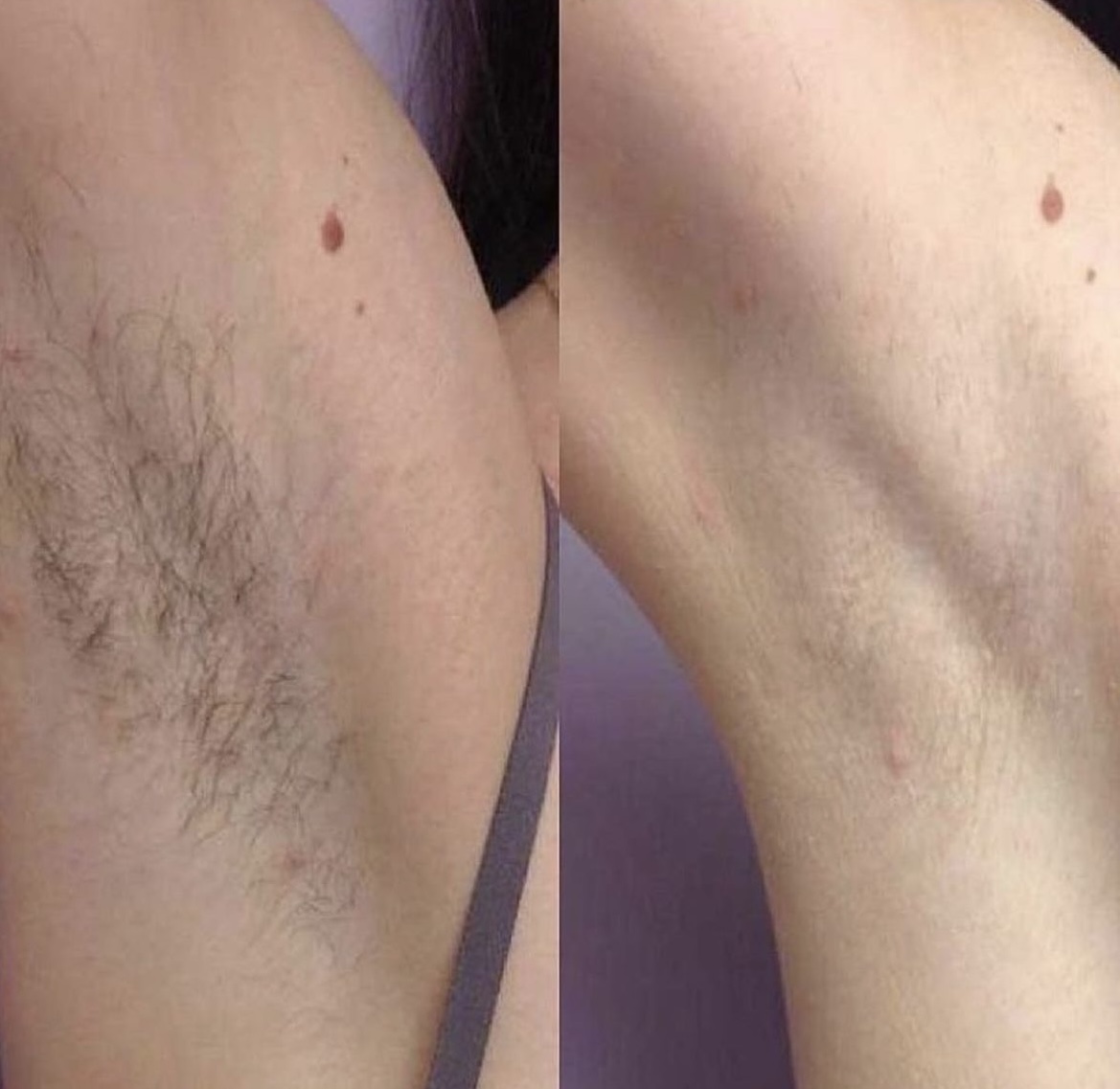Diode laser hair removal has gained popularity as an effective method of achieving long-lasting hair removal. However, many people considering this treatment often wonder, “Will hair grow back after diode laser treatment?” This blog aims to address that question while providing an understanding of the hair growth cycle, the mechanics of diode laser treatment, and what to expect after treatment. insights.
Hair growth cycle
To understand the effect of diode laser treatment, it is necessary to understand the hair growth cycle. There are three distinct phases of hair growth: anagen (growth phase), catagen (transition phase), and telogen (resting phase). Diode lasers mainly target hair during the growth phase, when hair is most vulnerable to damage. However, not all hair follicles are in the same stage at any given time, which is why multiple treatments are often needed to achieve optimal results.
How does a diode laser work?
Diode lasers emit light of a specific wavelength that is absorbed by the pigment (melanin) in the hair. This absorption creates heat, which damages hair follicles and inhibits future hair growth. The effectiveness of diode laser treatment is affected by a variety of factors, including hair color, skin type and treatment area. Dark hair on light skin tends to produce the best results because the contrast allows the laser to target the hair more effectively.
Will the hair grow back?
Many patients experience a significant reduction in hair growth after receiving diode laser treatment. However, it’s important to note that while the treatment can provide long-lasting results, it does not guarantee permanent hair removal. Some hair may eventually grow back, albeit thinner and lighter than before. This regrowth can be due to a variety of factors, including hormonal changes, genetics, and the presence of dormant hair follicles that were not targeted during treatment.
Factors affecting regeneration
Several factors can affect whether hair will grow back after diode laser treatment. Hormonal fluctuations, especially in women, may cause hair follicles to reactivate. Conditions such as polycystic ovary syndrome (PCOS) can also cause increased hair growth. In addition, individual differences in skin and hair type can also affect the effectiveness of treatment, resulting in different results for different people.
Post-treatment care
Proper post-treatment care is essential to maximize the results of diode laser hair removal. Patients are advised to avoid sun exposure, not use harsh skin care products, and follow any specific aftercare instructions provided by their doctor. Following these guidelines can help minimize the risk of complications and improve the overall effectiveness of treatment.
The importance of multiple meetings
For best results, multiple diode laser treatments are usually recommended. This is because hair follicles are in different stages of their growth cycle at any given time. By scheduling treatments every few weeks, patients can target the anagen stage of hair more effectively, resulting in a more significant reduction in hair growth over time.
In conclusion
In conclusion, while diode laser hair removal can result in a significant reduction in hair growth, it does not guarantee permanent results for everyone. Factors such as hormonal changes, genetics, and individual hair growth cycles play a role in determining whether hair will grow back after treatment. By understanding these dynamics and committing to a range of treatments, individuals can achieve smoother skin and enjoy the benefits of long-lasting hair removal. If you are considering diode laser treatment, please consult with a qualified physician to discuss your specific needs and expectations.
Post time: Sep-30-2024





